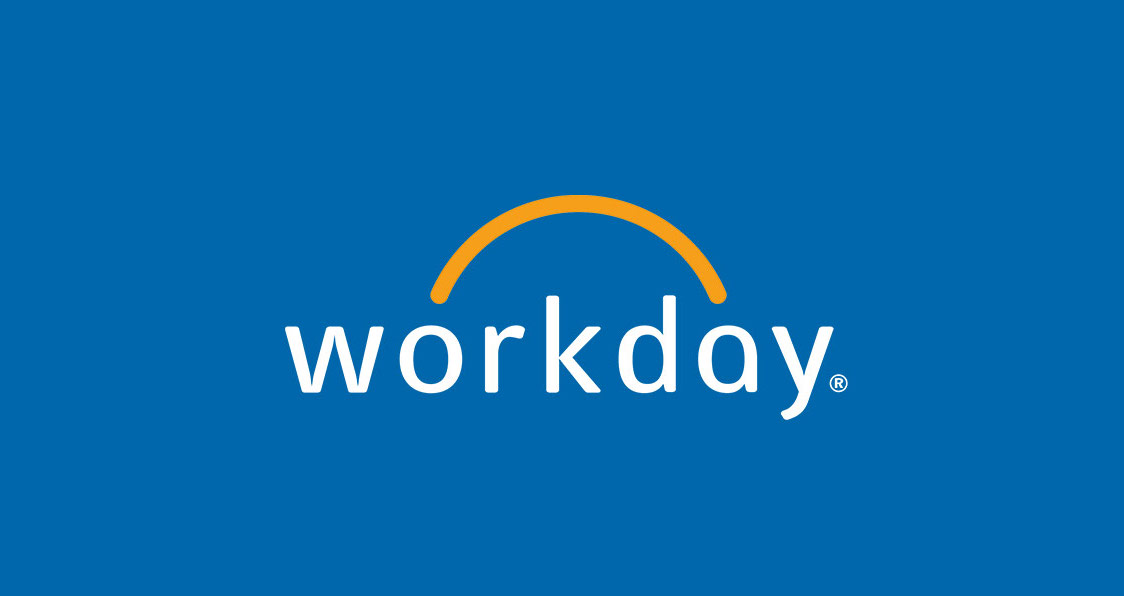by Russ Koesterich, CFA, Blackrock
As Russ explains, bond yields may be low, but are still critical as an insurance policy against equity risk.
While growing concerns related to the coronavirus, and its potential impact on global growth, resulted in a nominally negative return for January, U.S. equities remain more than 13% above the Q4 low.
The coronavirus still an unknown and unquantifiable risk, coupled with lingering geopolitical tensions in the Middle East and mounting concerns over the U.S. Democratic Presidential primaries may prompt investors to ask how to best protect their gains. Given a 10-year Treasury yield below 1.60%, bonds may not be the obvious candidate. That said, U.S. Treasuries still look like an effective hedge, which is why investors should maintain a healthy allocation as an insurance policy against equity risk.
Low for very long
Given the magnitude of the four-month stock rally, diminished near-term trade risks and signs of economic stabilization, you would have expected interest rates to back up from their fall lows. Yet, bond yields are virtually unchanged. While interest rates did rise modestly in Q4, rates have fallen substantially in recent weeks. This leaves bond yields just about where they were in early October.
Should stocks continue to rally from here, investors are likely to lose a bit on bonds as interest rates rise to reflect more stable economic prospects. That said, any backup in interest rates is likely to be constrained by the modesty of the expansion and the lack of any pickup in inflation.
Conversely, and the real reason for holding bonds, if stock volatility returns Treasuries are likely to rise and yields will drop even lower. Despite all the anxiety about low bond yields, stock bond correlations remain very negative. In other words, bond prices still tend to rise, and yields fall, when stock prices drop (see Chart 1).
This pattern is also evident when looking at the relationship between stock/bond returns and volatility. Looking back on the post-crisis period, roughly 45% of the variation in stock/bond returns can be explained by weekly changes in equity volatility, as measured by the VIX Index. In weeks when volatility increased, long duration Treasuries typically beat the stock market by roughly 1.5%. When volatility dropped, the relative return reversed, with stocks beating bonds by a similar amount.
What makes bonds most attractive is what happens when volatility really spikes. The “convexity”, i.e. non-linear properties of long duration bonds are most evident when the rise in volatility is outsized. During these weeks, defined by a rise of at least 20% in the VIX, long duration bonds beat stocks by 4% on average, with a 95% success rate!
The point being: At these levels, bonds may not offer much in the way of yield, but they can still offer a good hedge.
Russ Koesterich, CFA, is a Portfolio Manager for BlackRock’s Global Allocation Fund and is a regular contributor to The Blog.
Investing involves risks, including possible loss of principal. Fixed income risks include interest-rate and credit risk. Typically, when interest rates rise, there is a corresponding decline in bond values. Credit risk refers to the possibility that the bond issuer will not be able to make principal and interest payments.
This material is not intended to be relied upon as a forecast, research or investment advice, and is not a recommendation, offer or solicitation to buy or sell any securities or to adopt any investment strategy. The opinions expressed are as of January 2020 and may change as subsequent conditions vary. The information and opinions contained in this post are derived from proprietary and non-proprietary sources deemed by BlackRock to be reliable, are not necessarily all-inclusive and are not guaranteed as to accuracy. As such, no warranty of accuracy or reliability is given and no responsibility arising in any other way for errors and omissions (including responsibility to any person by reason of negligence) is accepted by BlackRock, its officers, employees or agents. This post may contain “forward-looking” information that is not purely historical in nature. Such information may include, among other things, projections and forecasts. There is no guarantee that any forecasts made will come to pass. Reliance upon information in this post is at the sole discretion of the reader. Past performance is no guarantee of future results. Index performance is shown for illustrative purposes only. You cannot invest directly in an index.
©2020 BlackRock, Inc. All rights reserved. BLACKROCK is a registered trademark of BlackRock, Inc., or its subsidiaries in the United States and elsewhere. All other marks are the property of their respective owners.
This post was first published at the official blog of Blackrock.















